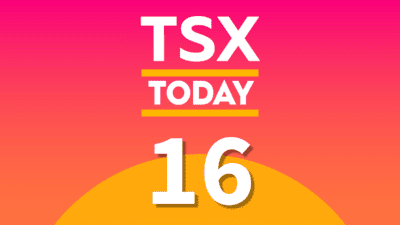The cryptocurrency market started making the headlines again this year with the sudden rally for Bitcoin. In true cryptocurrency fashion, Bitcoin’s incredible gains in valuation are being riddled with significant losses in the space of a few days.
Between February 21 and February 28, 2021, Bitcoin lost US$12,230 of its value before regaining 9.6% the next day to climb to $48,960 at writing. While many might have considered its sudden decline an end to the bull run for the crypto market, its massive single-day gains could prove otherwise.
A history of volatility
Suppose that you see such a significant loss in the space of a few days with a traditional asset class. In that case, the decline would be something that should bother investors. However, Bitcoin is notoriously volatile to the point that most early adopters are prepared for unrelenting volatility each year.
While Bitcoin is historically volatile, it’s worth noting that the cryptocurrency’s volatility has reduced as it matures. Previous corrections and gains were far more dramatic for the world’s most popular cryptocurrency. It even lost 85% of its value in 2013 before climbing to new all-time highs.
As more people adopt the cryptocurrency and larger players become involved, Bitcoin could become less volatile in the future.
Bitcoin’s rise and plunge
Bitcoin’s big boon in 2021 came when Tesla founder and CEO Elon Musk announced that his company poured US$1.5 billion into the cryptocurrency. Tesla achieved a US$1 billion profit from its quick dip into the cryptocurrency because it sparked a massive rally. Tesla made more profit from its investment in Bitcoin during a few weeks than it did from its electric vehicle sales last year.
The cryptocurrency suddenly declined as several big names dumped their holdings to take their profits and part ways with the cryptocurrency. However, it seems that Bitcoin is on the rise yet again.
Adding Bitcoin to your portfolio
Bitcoin is a highly volatile asset, and cryptocurrencies are in an unpredictable asset class that also lacks the liquidity that traditional asset classes like equity securities enjoy. However, it’s possible to add the cryptocurrency to your portfolio while retaining the liquidity of traditional asset classes through Purpose Bitcoin ETF (TSX:BTCC.B).
The newly listed Exchange-Traded Fund (ETF) is a quick and convenient way to gain exposure to the cryptocurrency. It is the first North American Bitcoin ETF that began trading earlier in February, and it has already attracted hundreds of millions in investments.
The ETF represents an ownership stake in cold-stored BTC, making the investment more secure than buying and holding Bitcoin yourself. The ETF can also qualify for tax-sheltered accounts like the Tax-Free Savings Account (TFSA) and Registered Retirement Savings Plan (RRSP). It means that any potential profits through investing in the Bitcoin ETF could provide you with tax-free returns.
Foolish takeaway
The cryptocurrency market has never looked as frothy as it is right now. Investors might be wondering whether it would be a good idea to buy the cryptocurrency right now or stick to relatively traditional assets trading on the TSX.
If you feel keen on investing in Bitcoin, Purpose Bitcoin ETF could be a relatively more liquid method to gain exposure. However, the ETF will be subject to the underlying cryptocurrency’s volatility, rendering it a risky investment.







